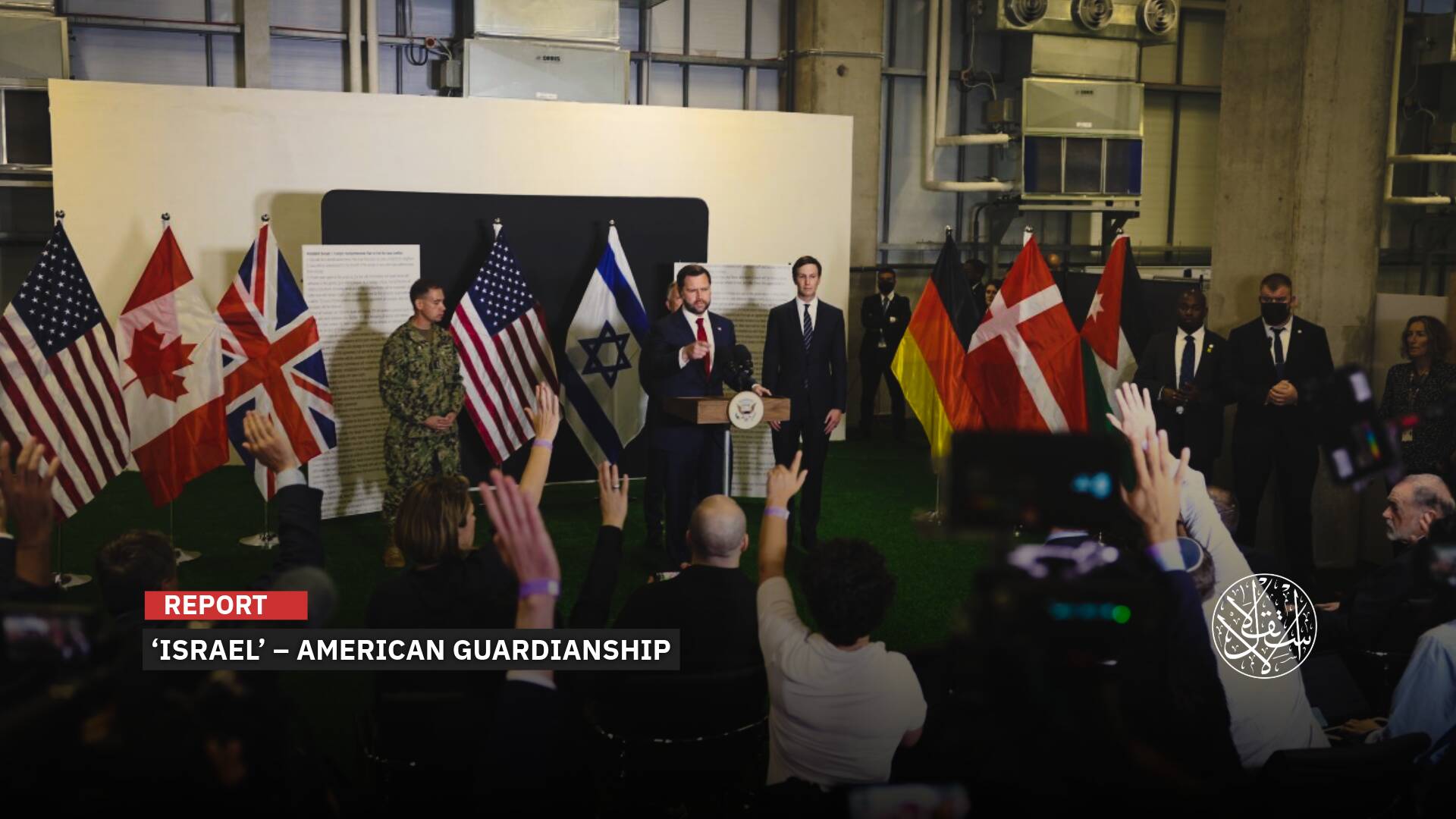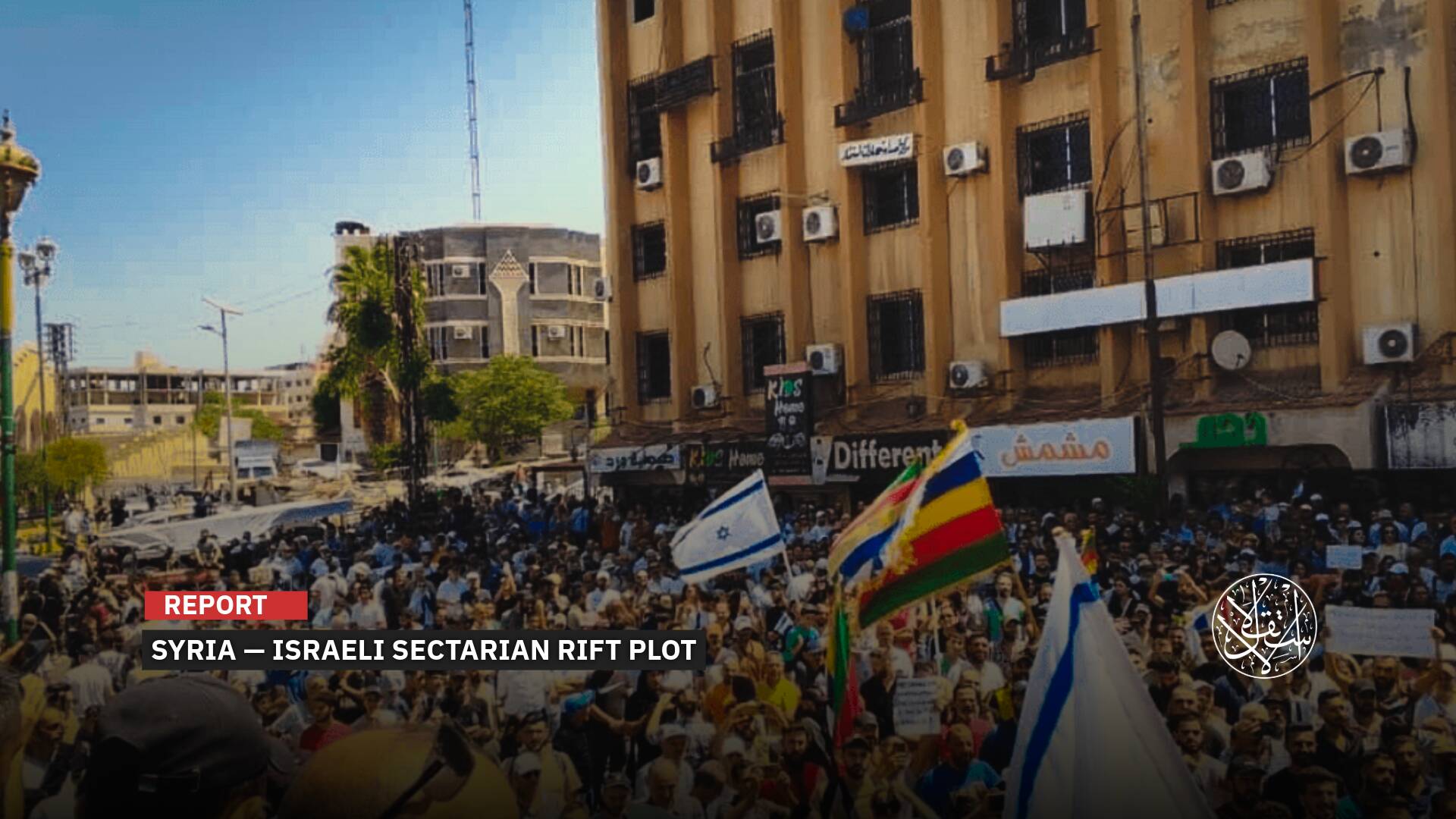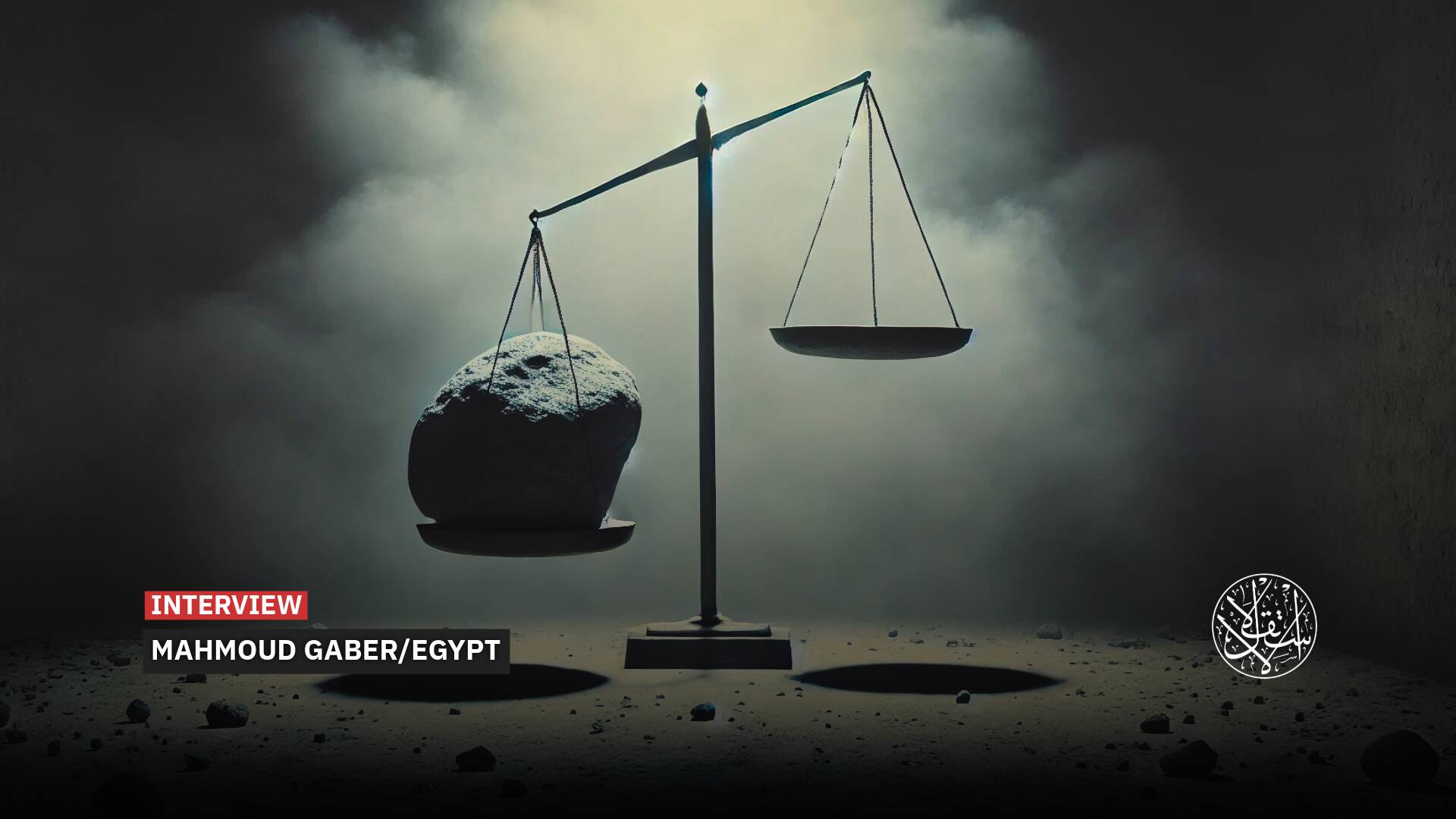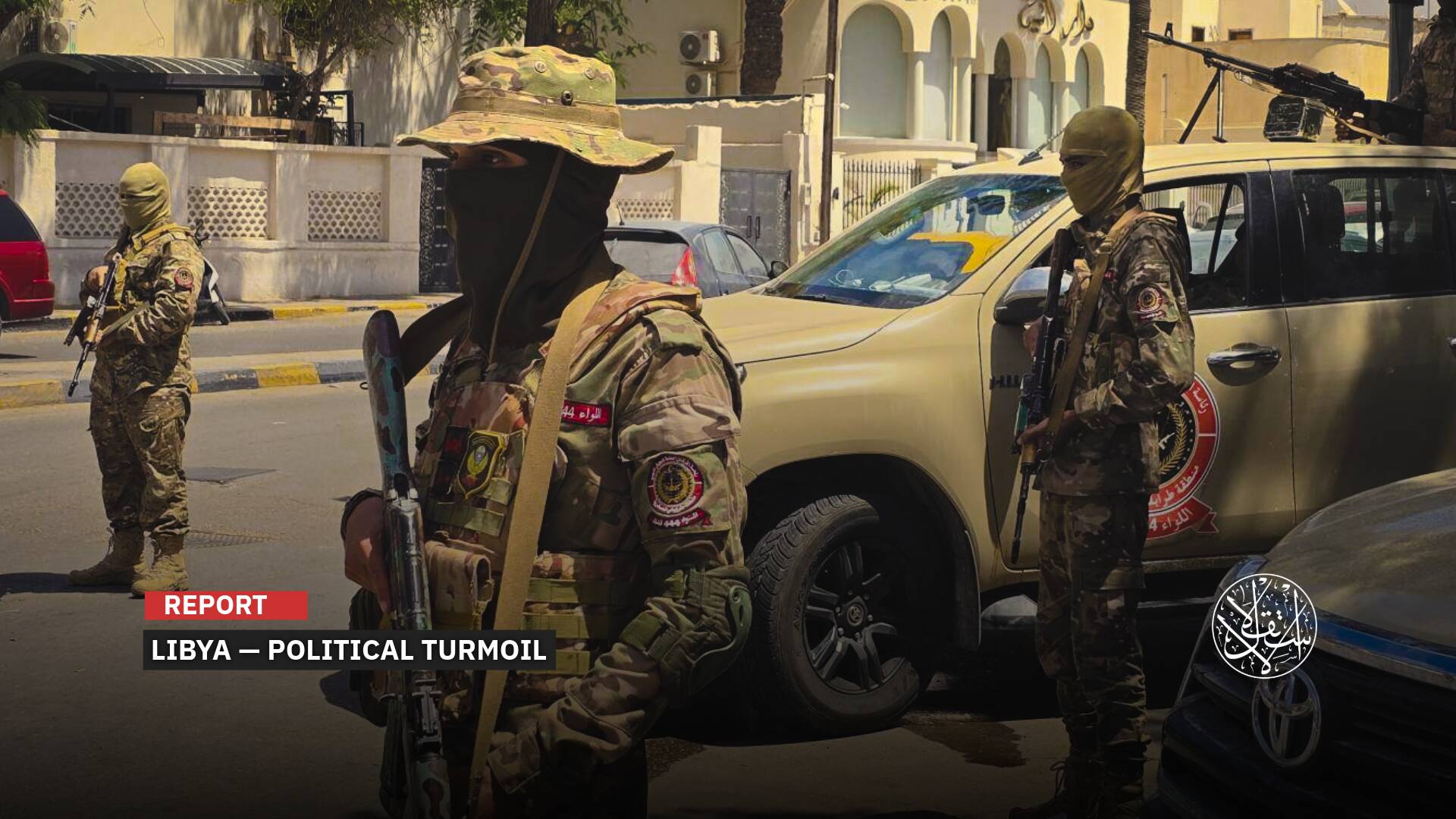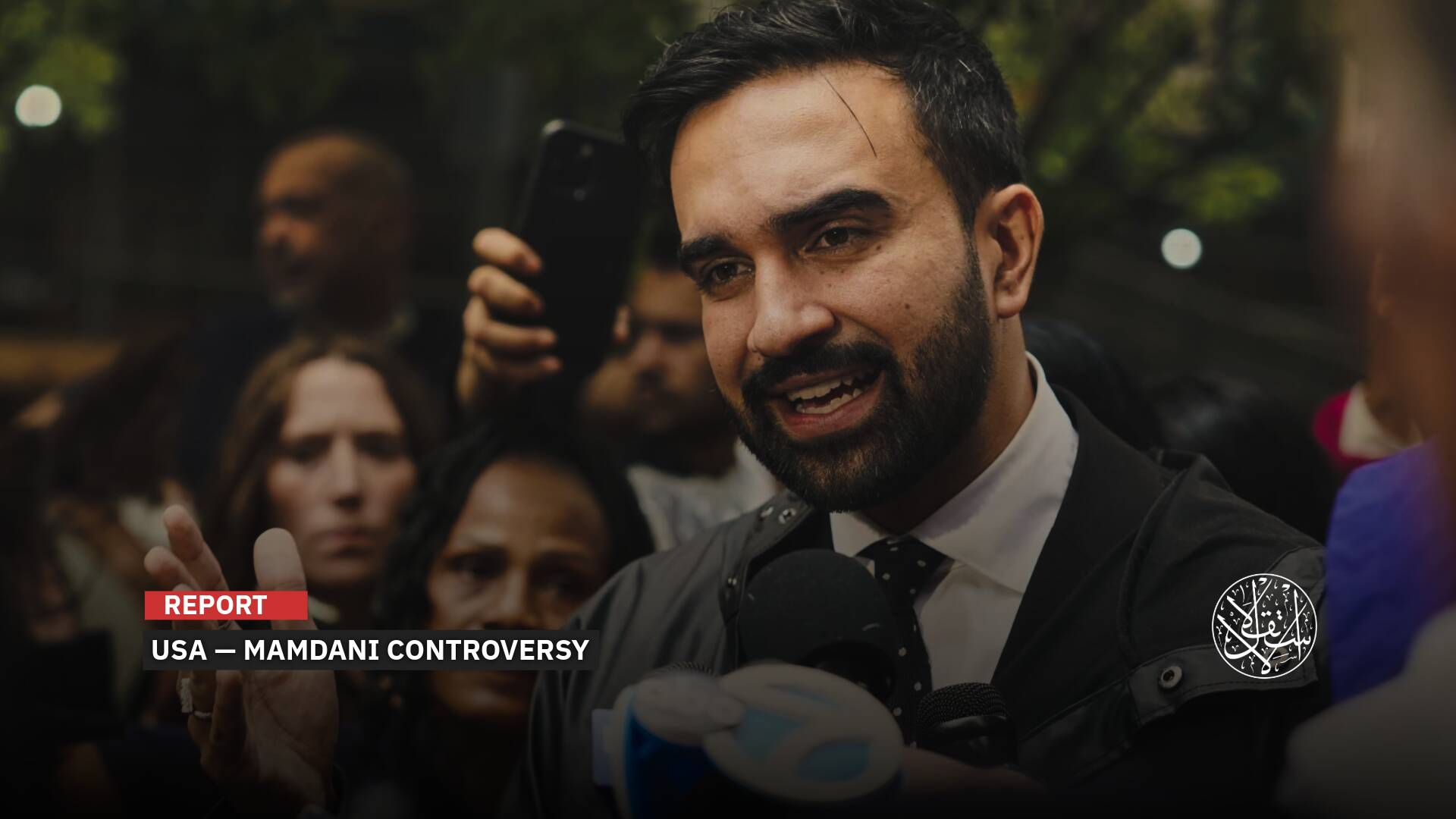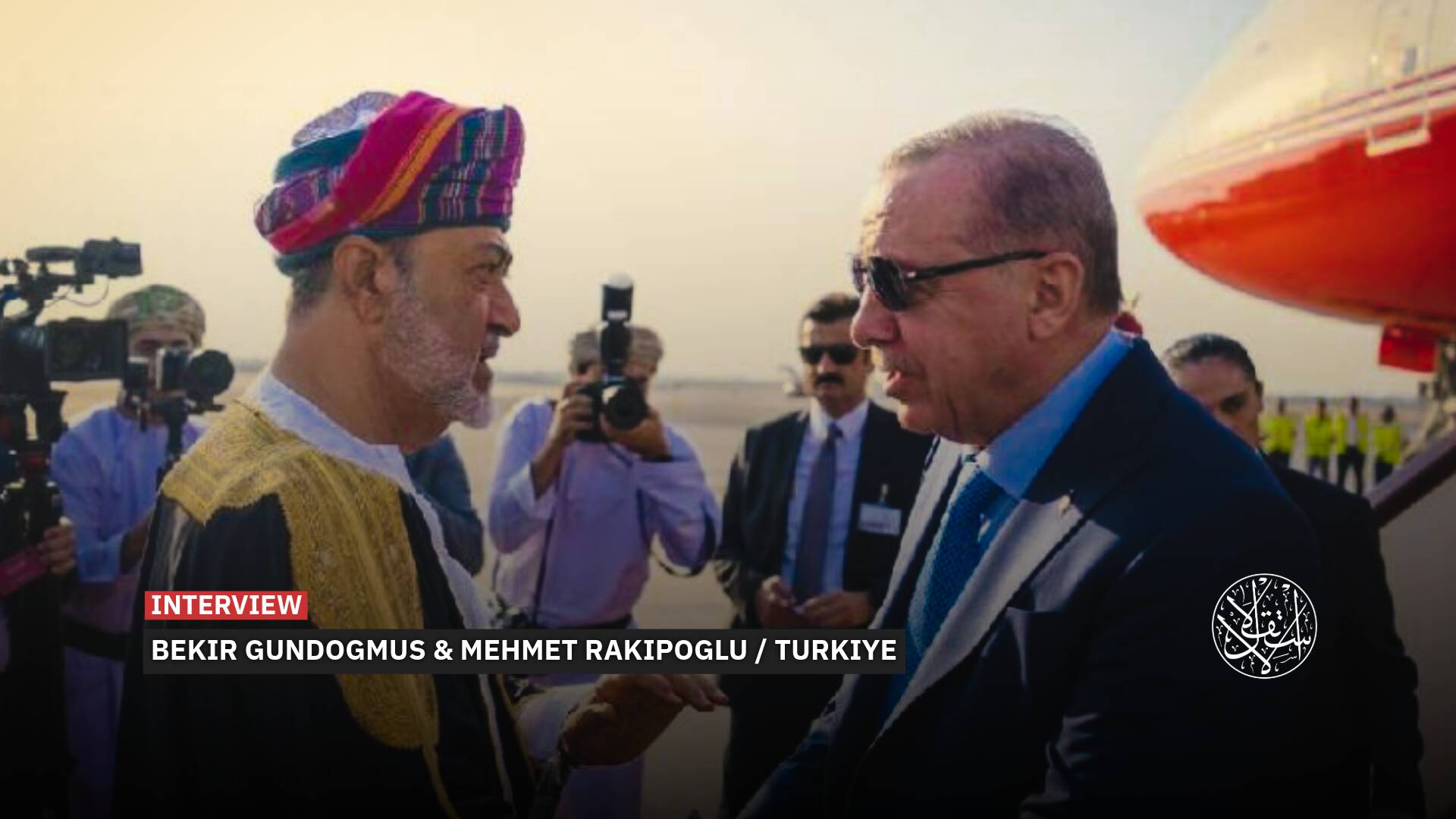Restoring Mosques in Syria: What Does It Reveal About Bashar al-Assad’s Stance on Muslim Sacred Sites?

Syria’s new Ministry of Awqaf documented the destruction of 3,100 mosques by the forces of the ousted Assad regime.
Strikingly, since the fall of Bashar al-Assad’s regime, Syrians have turned their focus to restoring mosques devastated by the regime’s military and its allied Shiite militias over the years. Local initiatives have sprung up to rebuild these mosques, reopen them for worshippers, and revive their role in fostering community unity and conflict resolution.
The restoration efforts also highlight the previous Ministry of Awqaf’s neglect of mosques, as it failed to maintain them or allocate funds for their reconstruction.

Mosque Restoration
With Assad’s fall, volunteers from devastated Syrian towns quickly turned to social media to raise funds for restoring mosques—at least to a functional state. The extent of destruction varies, with many mosques left without carpets, lighting, or even water tanks for ablution areas.
Syria’s newly established Ministry of Awqaf (Endowments) has documented the destruction of 3,100 mosques by the ousted Assad regime over the years, either through direct shelling or deliberate demolition.
On February 5, 2025, ministry spokesperson Ahmed Hallak expressed shock at the sheer scale of destruction left by the former regime’s bombing campaign. He noted that many mosques and religious schools had been intentionally targeted, particularly in southern Idlib and rural Aleppo.
Since day one of the regime’s collapse, the ministry has worked to assess the damage by forming committees to survey destroyed mosques and religious institutions. Their findings revealed extensive damage to religious infrastructure across all provinces.
The committees identified over 3,100 mosques and 68 religious schools that had been either fully or partially destroyed, according to the Syrian news agency SANA.
“We are working alongside charities, organizations, and benefactors to launch the reconstruction of mosques and religious institutions,” Hallak stated.
Restoring mosques and schools is seen as a key factor in encouraging displaced Syrians and refugees to return to their hometowns.
On February 17, 2025, Syria’s Ministry of Awqaf launched the “God’s House, Our Home” campaign across mosques in all provinces in preparation for the holy month of Ramadan. The initiative aims to ensure clean and well-equipped places of worship for congregants.
Ministry spokesperson Ahmed Hallak told SANA that the campaign focuses on cleaning and maintaining mosques, organizing Qurans, checking sound systems, and repairing lighting, water, and electricity to provide the best possible services for worshippers during Ramadan.
However, Hallak noted that thousands of mosques remain beyond the campaign’s reach due to the destruction caused by the ousted regime. He emphasized the ministry’s ongoing efforts to restore damaged mosques and reopen them as soon as possible.
The ministry has called on local communities and civil society organizations to actively participate in the campaign, helping to foster a more spiritual atmosphere in mosques during the holy month.

Systematic Destruction
From the early days of the Syrian revolution on March 18, 2011, mosques served as rallying points for peaceful protests. However, security forces showed no regard for their sanctity, storming places of worship, attacking and arresting worshippers, and vandalizing mosque interiors.
As the uprising escalated, Assad’s forces deliberately targeted mosques with shelling as an act of retaliation against defiant cities. The world witnessed shocking scenes of regime tanks and artillery striking minarets, demolishing them in blatant disregard for the religious significance of these sites to Muslims. In 2013, Assad’s forces even bombed the revered shrine and mosque of Khalid ibn al-Walid in Homs after the area fell out of their control.
Despite the historical and religious significance of the mosque—dedicated to one of Islam’s most celebrated military leaders, the regime left it in ruins with no plans for restoration. It was only through the personal funding of Chechen President Ramzan Kadyrov that the mosque was rebuilt and reopened in February 2019.
According to the Syrian Network for Human Rights, Assad’s forces systematically and deliberately targeted mosques on a massive scale across all provinces. By 2013, the network had documented damage to at least 1,451 mosques, including 348 that were almost entirely destroyed. These attacks involved Scud missiles, surface-to-surface rockets, barrel bombs, artillery, and tank fire.
Beyond the destruction of mosques, the network also recorded the killing of at least 48 imams and preachers across Syria by Assad’s forces and loyalist militias by 2013.
In the years that followed, the increasing presence of Iranian-backed militias in many areas—particularly after large-scale displacement of local populations—further deepened the neglect of mosques across Syria.
Iranian-backed militias have frequently obstructed efforts to restore mosques in areas under their control.
In June 2024, the Humanitarian Endowment Association and the Endowments Directorate submitted a request to the so-called “Friends Office,” affiliated with Iranian militias in the city, seeking approval to restore seven mosques. The request was rejected without explanation.
Beyond blocking restoration efforts, these militias also imposed restrictions on mosques, including prohibiting the use of loudspeakers for the dawn call to prayer. They further sought to control religious discourse by mandating that Friday sermons be dictated by the Iranian Cultural Center.
A Revived Community Role
Following the fall of Assad, as displaced Syrians gradually return to their hometowns, mosque restoration has become more than just a religious necessity—it is reviving the mosque’s traditional role as a cornerstone of community life, particularly in conflict resolution and social justice.
In several regions, lawyers and community leaders have repurposed mosques as informal arbitration centers, mediating disputes over property and rights violations that have piled up over years of war. Residents are given designated times to present their grievances, fostering dialogue-based resolutions before turning to the courts as a last resort. The initiative has been widely welcomed, providing a pathway to reconciliation beyond the formal judicial system.
Images and videos circulating on social media highlight mosque restoration efforts across Syria. In a striking example of long-neglected upkeep, the Umayyad Mosque in Damascus received new carpeting for the first time in 18 years on February 23, 2025—an emblematic moment underscoring the deliberate disregard for Syria’s Islamic heritage under Assad’s rule.
Just days later, on March 2, 2025, the final touches were completed on the restoration of the Great Umayyad Mosque in Aleppo, marking its reopening after years of devastation from regime shelling and destruction.
The Umayyad Mosque, built in 716 AD, has a rich history. Some sources attribute its construction to the Umayyad caliph Suleiman ibn Abd al-Malik, while others credit Caliph Walid ibn Abd al-Malik for its creation.
In April 2013, the mosque was severely damaged when its minaret was intentionally destroyed by artillery fire from Assad’s forces.
Later, Iranian-backed militias desecrated the mosque, invading its grounds and broadcasting sectarian slogans from its courtyard after the forced displacement of residents from eastern Aleppo in late 2016.
Sources
- Ahead of Ramadan, Syria’s Ministry of Religious Endowments Launches "God’s House, Our Home" Campaign to Restore Mosques [Arabic]
- Through Bombing and Deliberate Demolition, 3,100 Mosques Destroyed by the Ousted Regime in Syria [Arabic]
- Khalid bin al-Walid’s Shrine in Homs Destroyed by Syrian Regime Shelling [Arabic]
- Assad’s Forces Destroy Syrian Mosques on an Unprecedented Scale [Arabic]


